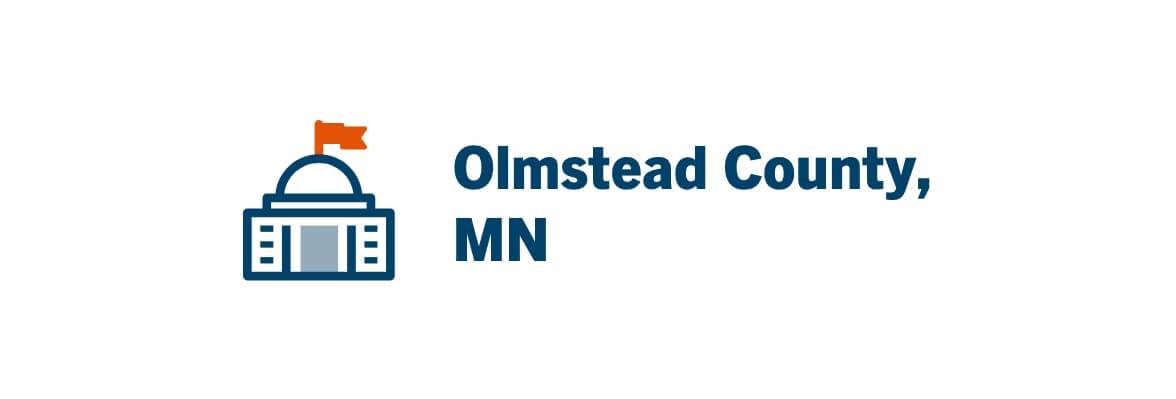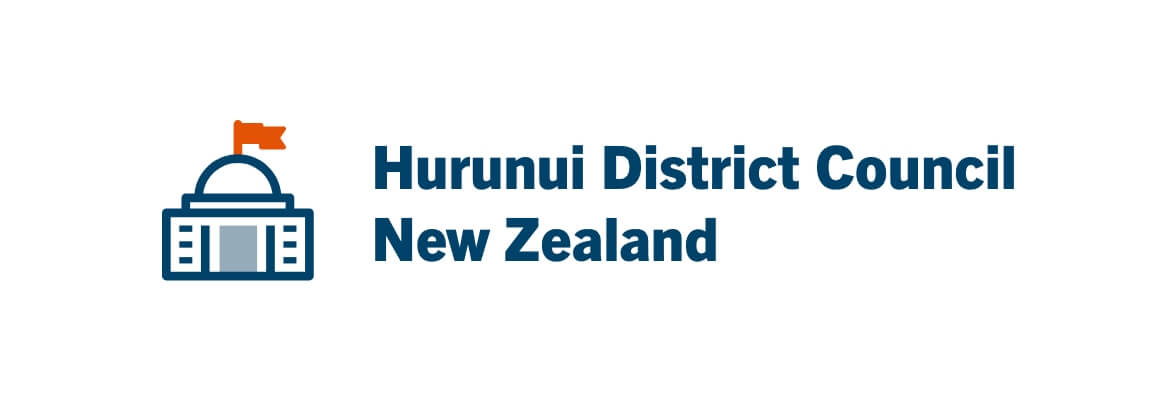The Affordable Care Act (ACA) sent many government and county social service agencies scrambling to process the sudden increase in welfare assistance applications. For Olmstead County, Minnesota, the new law catalyzed the need for a more responsive case management paperwork process in the County’s Community Services (OCCS) unit. “The ACA scared us to death, because we didn’t have a document management product at the time. The State of Minnesota has a very complex eligibility system for assistance benefits. There’s a lot of variance in the paperwork,” said Olmsted County Community Services Director Paul Fleissner. Without a technology solution, the county anticipated needing to hire 12 full-time employees to handle the expected caseload increase. “We already handled hundreds of thousands, even millions, of pages per year. We had piles of paper everywhere and would occasionally lose a page or file. We needed to find a way to operate more efficiently.”


OCCS’ need to improve its efficiency was supported by Olmsted County’s LEAP (Lean Efforts and Automated Processes) Initiative. The LEAP Initiative uses the Lean methodology—creating greater value with fewer resources—in combination with Laserfiche software to create efficient and sustainable operations throughout the county. “With ACA, the staff and funding we needed just weren’t going to be there,” said Rob Ronnenberg, Continuous Improvement Manager. “We needed a better way to do things. To provide the same level of services, we had to be 5% more productive with 5% less funding.”
Implementing Digital Case Management
Before Laserfiche software could be implemented in OCCS with the LEAP Initiative, the LEAP team had to show county administrators and commissioners that it fully understood OCCS’ needs and that document management software was the appropriate solution. “Right from the start, it wasn’t the IT director saying, ‘I have a new toy I want to play with,’” said David Nault, ITS manager. “All 12 county departments and the state district courts signed a service-level agreement and came to the IT department saying, ‘We need your help to implement this.’” With everyone highly motivated to do away with paper processes before ACA came into effect, the department implemented Laserfiche quickly. OCCS scanned 15,000 paper case files and converted paper information to electronic data, and the results were immediate. The new ECM-powered process allowed OCCS to:
- Increase case worker productivity by 20%
- Hire only three additional case workers instead of the estimated 12
- Eliminate nearly 125 filing cabinets
“The number one result was improved staff productivity. Everyone felt Laserfiche made their jobs easier,” Fleissner said. “Time spent filing papers, shuffling papers, sorting and distributing mail or scanning files for telecommuters, was replaced with the task of scanning each document once and never touching paper again.”
Ronnenberg added, “Telling social workers that they don’t have to skip their lunch — that they can take a 15-minute breather and still ensure that their clients are taken care of — that’s powerful.” Overall, Olmsted County believes that investing in technology is a sound strategy for the future. “We as government can be more efficient. There are tools out there to do it, and it’s worth the investment,” says Fleissner. “I think there’s a great return on investment story to be told when you automate the right way, for the right reasons and in the right business areas.” Want to improve case management in your office? Schedule a demo of Laserfiche software for case management today!





